Most Health Consumers Expect Technology To Play a Larger Role As Tech-Angst & Privacy Concerns Grow
Health Populi
NOVEMBER 18, 2019
As technology continues to re-shape consumers’ experiences and expectations with health/care, retail, travel and work, peoples’ concerns about data privacy are also growing as observed by a 2020 consumer trends forecast from GlobalWebIndex, Connecting the dots. First, some overall context to the study.


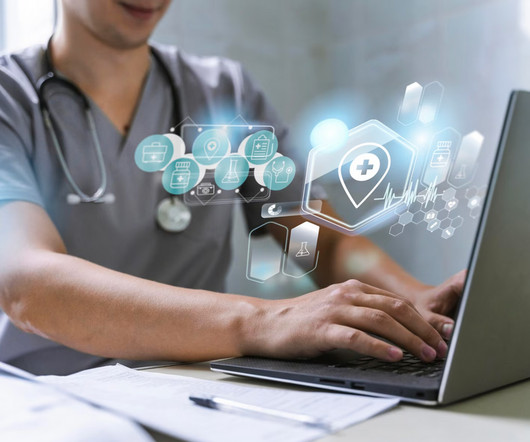
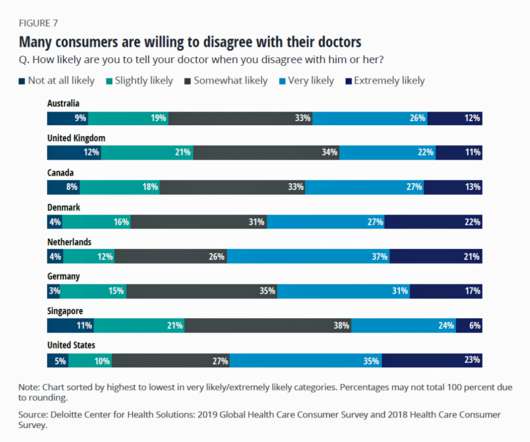
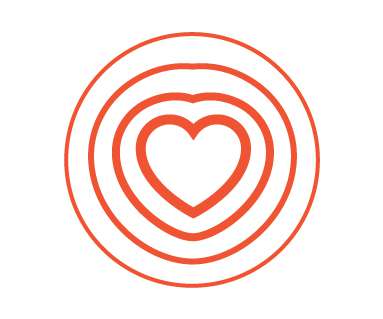
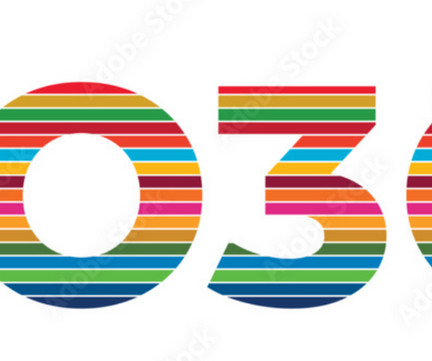




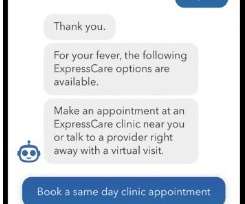
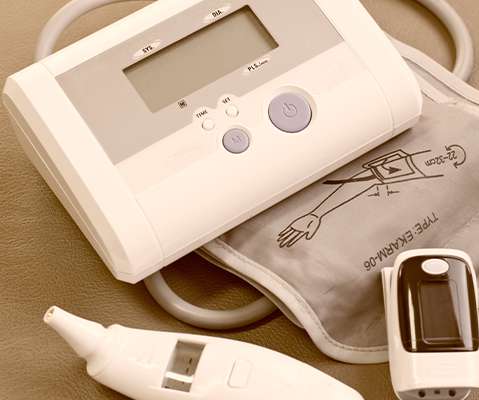
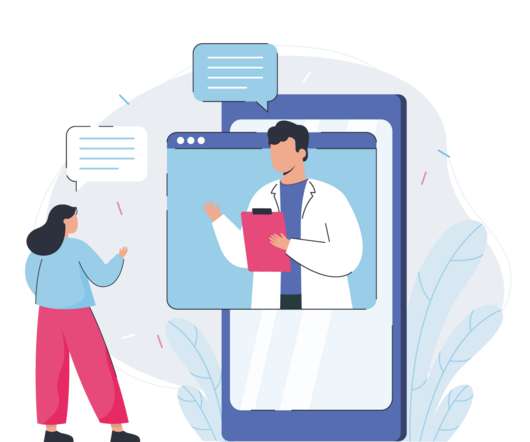







Let's personalize your content